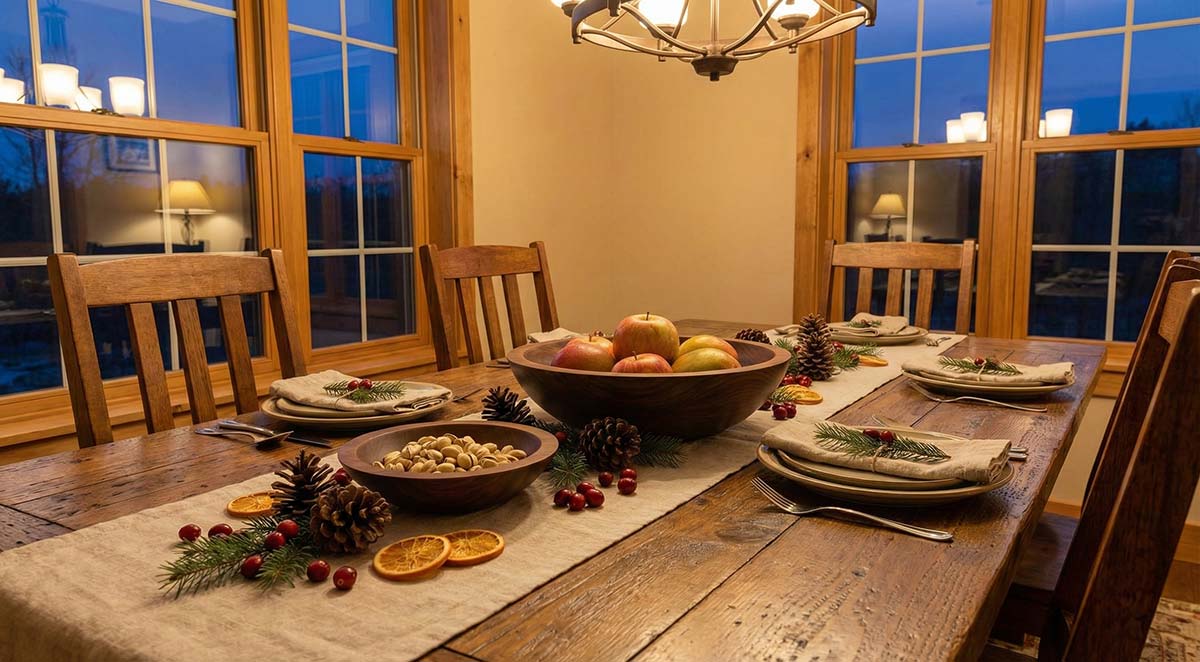Moss. Dirt. Rot. Decomposition. Nature’s clean-up crews. But what does rot have to do with beautiful, handcrafted boards and bowls? A lot, actually!
So what is upcycling? Spencer Peterman’s favorite trees are ones others might overlook – maybe because, often times, they are already lying on the ground. Camouflaged among the leaves littering the forest floors in Western Massachusetts, covered in moss and dirt, are the real hidden gems—this is the wood that Spencer gets excited about. So do his customers.
As the wood begins to be broken down and changed by the processes of decomposition, it is imbued with unique and intricate characteristics. When turned on a lathe, this kind of wood produces visually striking one-of-a-kind pieces that are perfect for your home or showroom.
Almost all of Spencer’s wood is locally-sourced from fallen trees in the hills of Western MA, with varieties including maple, cherry, and black walnut. Each type of wood is given different qualities as decomposition works its way into the grain. Maple, altered by aging and decomposition, is known as “ambrosia” or “spalted” maple.
Upcycling this kind of wood provides a unique opportunity for both Spencer and his team, and for fans of their work. Each piece has completely unique visual characteristics that come from that piece of wood’s exact exposure to the forces of decomposition. No two pieces will be the same. The wood itself is given a new life, where instead of returning to the earth in a long, slow fade, it is revitalized and reshaped into a gorgeous and entirely functional piece of tableware. These upcycled wood gifts are truly one-of-a-kind.
Burls are another favorite up-cycled material. Burls are like tumors that have been cut off of a living tree. This does not hurt the tree when done correctly. In fact, it actually helps because it’s not healthy for a tree to waste energy growing burls! Burl bowls are completely food safe and have their own unique characteristics. They are rough-edged, with quilted patterns, subtle cracks and crevices in the wood. We sell only cherry burls, a hard wood.
All our bowls are food-safe and functional. They are dried down to 6% moisture. They are meant to be used for food. Each piece is treated with beeswax and mineral oil for food safety and to keep the wood from drying out.
It is hard to determine how long it takes to make a bowl. After getting the logs, which is a workout in itself given their origins, the logs have to be cut into two-foot lengths and the lathe cuts out a set of bowls from 9 inches to 21 inches. From there, they are taken from the mill to the shop where we do all the fine sanding and finishing work.
The next time you’re admiring one of our beautiful spalted creations (or one you’ve taken home for your own!), don’t forget to give a tip of the hat to the tiny creatures that made it possible. Forget about The Rat Pack…The Rot Squad are the real stars!


